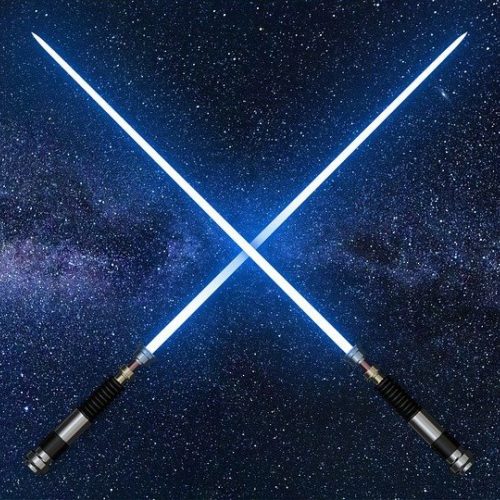
| Domain | Cultural Change and the Classics in 20th- and 21st-Century Europe |
| Researcher(s) | Koen Vacano |
| University | University of Amsterdam |
| Degree | PhD |
| Date Range | September 2019 - June 2025 |
| Supervisor(s) | Prof. Maarten De Pourcq Dr. Mark Heerink |
Today, the term ‘epic’ is often used to describe really big or important things, from spectacular football matches to really stupid mistakes (‘epic fails’), but its traditional meaning of a particular narrative genre is not lost.
Indeed, the word is still most commonly used to describe lengthy tales of heroes, involving quests and battles on a cosmic scale. Many of these contemporary ‘epics’ are not set in classical antiquity, nor are they written in dactylic hexameter – indeed they are often not written at all: currently, the most significant concentration of heroic storytelling, as well as the use of the ‘epic’ label, is to be found in transmedia fantasy franchises, in the worlds of Star Wars, Lord of the Rings, Harry Potter, The Hunger Games, Game of Thrones, Avatar, and the Avengers.
Ostensibly, these intensely popular and modern franchises – dispersed over different media, from film to video games – are a far cry from the classical poems by Homer and Vergil. Yet a closer look reveals an abundance of tropes, type-scenes, and narrative structures familiar from classical epic. We may find cosmic battles fought out in Manhattan, a fated hero in a school of wizardry, and an epic proem floating in outer space. Thus, it is safe to say that these very modern fantasy franchises are deeply ‘anchored’ in the classical epic tradition.
If so, what does this say about the conception of epic today? The very fact that the word ‘epic’ is currently used for classical poetry and fantasy fiction alike – combined with the explicit connections made by the latter to the first – implies a perceived similarity in form or function. Somehow, from a present-day perspective, despite the differences in medium and content, the Lord of the Rings and the Aeneid both qualify as ‘epics’. By identifying and unpacking the points of contact between modern fantasy and classical literary epic, we may arrive at the ‘essence’ of epic as it is conceptualized in contemporary culture. What makes epic stories ‘epic’ in the twenty-first century? By providing an answer to this question this research project aims to improve our understanding of both past and present.
On the one hand, the surprising similarities we may find between fantasy franchises and ancient epics can bring into focus how certain narrative structures have functioned throughout the history of the epic tradition. On the other hand, the way literary epic structures are innovated upon in modern media will highlight values in epic storytelling that are particular to postmodern, Western culture. Epic structures which will provide especially revealing points of comparison include the symbolic concentration of a large-scale narrative in the actions of individual heroes; the development of the protagonist and his/her relation to the collective; and the function of spectacle and visuality in the suggestion of meaning and grandeur.

Many of these contemporary ‘epics’ are not set in classical antiquity, nor are they written in dactylic hexameter – indeed they are often not written at all: currently, the most significant concentration of heroic storytelling, as well as the use of the ‘epic’ label, is to be found in transmedia fantasy franchises, in the worlds of Star Wars, Lord of the Rings, Harry Potter, The Hunger Games, Game of Thrones, Avatar, and the Avengers.
